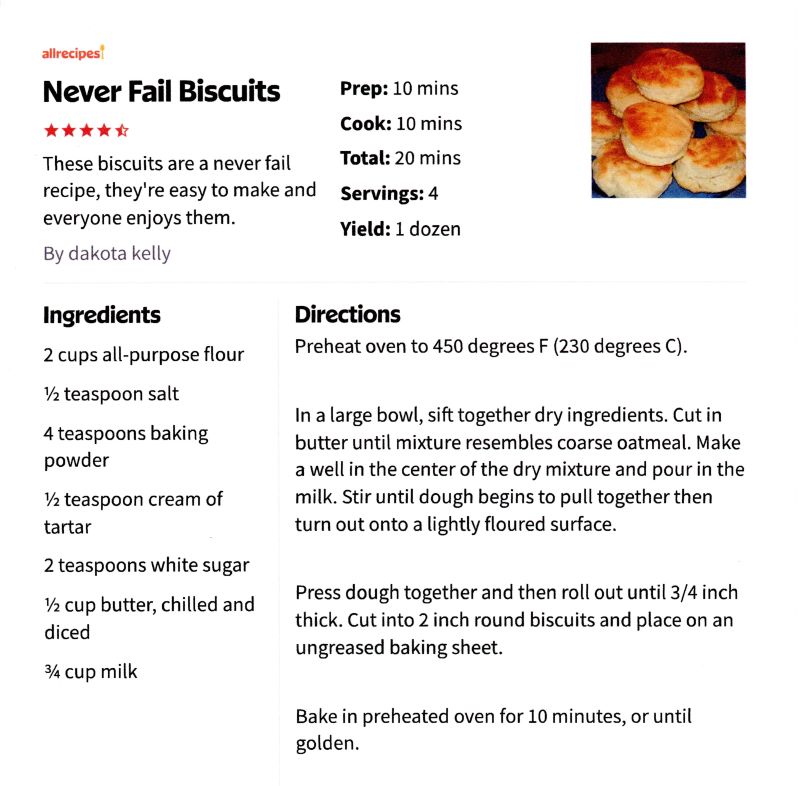In our previous article, Keys to Successful Habit Change, we covered developing new good habits. Now let’s tackle Breaking Bad Habits.

There are as many articles on the internet about breaking bad habits as there are recipes for “Never Fail Biscuits”. And just like those recipes, some habit articles are impossible. Others are long, involved and iffy. But a few, like this one, might put you on the right track.

What are bad habits? For our purposes, bad habits are consistent behavior that prevents you from achieving your goals. For example, unhealthy eating is bad habit if you want a healthier life style. Waiting until the last minute to do important tasks is a bad habit if it causes you stress and anxiety. Not getting enough sleep could be a bad habit if affects your relationships with your family or at work.
We all have some bad habits. A couple weeks ago we discussed how 40% of all our behavior is habit. Some of that habit-behavior is good, some, like the examples above, are not so good.
If know you need to change some behavior patterns (habits,) the first thing to do is identify them. What is keeping you from living the life you want? What is keeping you from your goals? You can make a list or download my Habit Discovery Worksheet.
The next step in breaking bad habits is to identify your triggers.
Triggers
A trigger is something that prompts the urge to complete the habit. Eating a meal or talking on the phone triggers some people to light up a cigarette. Triggers fall into several categories:
- Time. Do you wake up and reach for a smoke? Do you want a snack the same time each day?
- Location. You walk into the kitchen and open the fridge. You pass by a convenience store and pop in for a soda or cigarettes.
- Previous event. Stuck in traffic? Light up a cigarette. Email beep? Stop working and check your phone.
- Emotional state. “In my experience, emotional state is a common cue for bad habits. For example, you may have a habit of eating when you feel depressed. Or, you may default to online shopping when you feel bored. The emotional states of depression or boredom are triggers for these negative habits.” jamesclear.com
- People around you. The people around you strongly influence your behavior. Other people having a “fancy coffee” can influence some people to stop for a caffeine break when otherwise they would wouldn’t.
Breaking Bad (Habits)
It is very important to realize that trying to change all our bad habits all at once won’t work. We will end up feeling guilty. We will tell ourselves we have failed (again). Therefore, work on one habit at a time. The key to breaking bad habits is to be successful with ONE bad habit. Then, use that success to tackle another bad habit.
You cannot break a bad habit unless you replace it with something that provides the same rewards. Remember our diagram about habits: Trigger – Routine- Reward.
Identify a reward
What is the reward you are looking to get? (It might be a two-part reward.) Imagine the Trigger is the time. It’s 3 p.m. Your Routine mental response is, “It’s snack time.” The Reward you crave is to be less hungry; and to have a chance to socialize with others or fight boredom
Find an alternative behavior
If the bad habit is unhealthy snacking, keep healthy snacks available. If the bad habit is boredom, take a walk. Maybe if a reward you seek at snack time is to socialize, get a partner to walk with. (Perhaps enjoy a healthy snack along the way.
Practice
Set up a practice success plan. Sticky notes to remind you to buy and take healthy snacks. Set up a walk partner ahead of time or save things to hand-deliver, take the stairs, go outside and meditate for 5 minutes. The more often you succeed the easier it becomes. Remember your motivation will only carry you so far. You will need self-discipline to succeed. So, get your booster rocket ready.
Reward Yourself
When you have been successful for a couple days acknowledge your success. Brag to a friend, give yourself a huge high five or fist pump. Concentrate on why you are doing this habit change, and celebrate, as you are closer to your why.
“It’s really important to have realistic expectations of ourselves and the time it’ll take for these new behaviors to become automatic. Don’t give up if you don’t grasp them straight away, or if you have a setback along the way. Habits are a process rather than an event.” – Secondnature.io
Same Song, Second Verse
By now you know that habits have a pattern: Trigger (or cue,) Response, Reward. The amazing thing is that the same pattern we use to establish good habits, we can use to change our bad habits. You will need to emphasize the reward part of the pattern. Eliminating our bad habit is certainly a reward all by itself. But, now we know we will work harder and succeed better when we reward our good behavior along the way.
In addition, all those good habit tips for success we covered last week in Keys to Successful Habit Change also apply to changing bad habits. I especially find value in having a partner. For many people getting rid of a bad habit is very hard. Finding a partner to help keep us accountable is vital. Much of my work as a Life Coach involves working with clients on habit change. It is hard work (for them and me.) If you need help, reach out before you reach bottom and quit.
Finally, If you are saying to yourself, “I have tried so hard. I just can’t exercise, eat better, quit smoking, stop procrastinating, etc. etc. etc.” Realize this: You can!
“The good news is you can always improve your ability to focus and strengthen your self-control. The brain is designed to remodel itself as a function of its use—that’s brain plasticity.” – Psycom.net
“You can have anything you want if you are willing to give up the belief that you can’t have it.” – Dr. Robert Anthony
